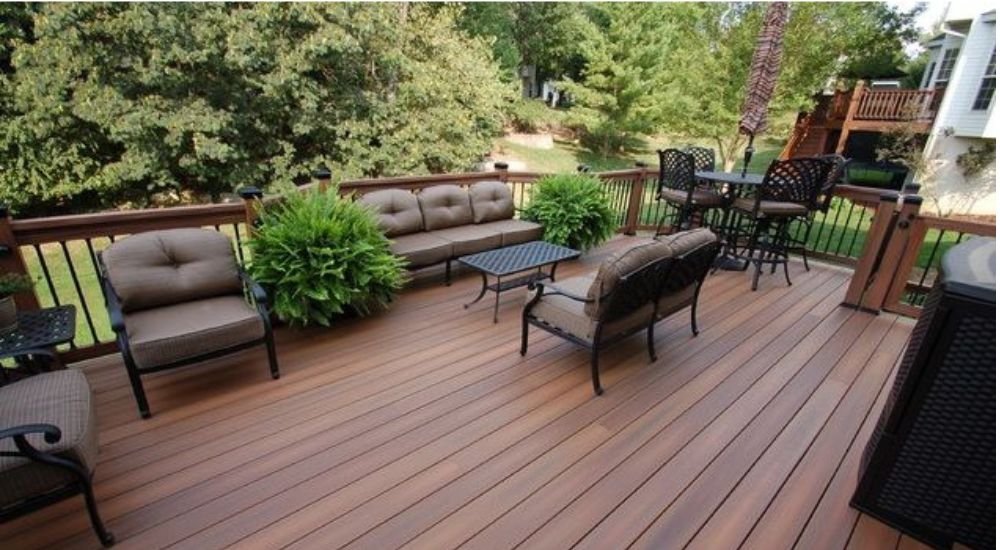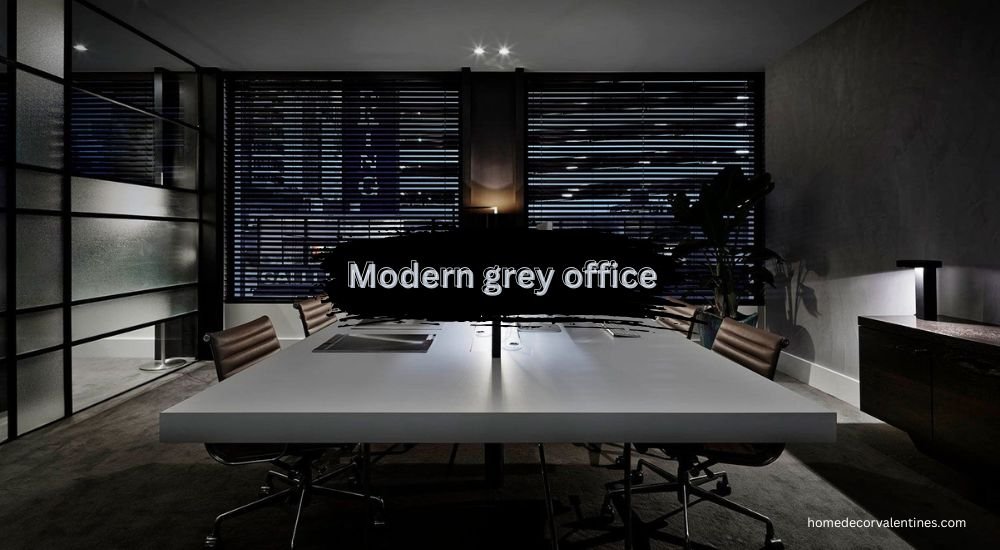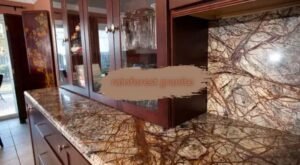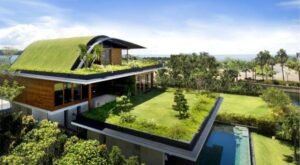Synthetic Decking The Ultimate Guide for a Durable and Stylish Outdoor Space
Synthetic decking has revolutionized the world of outdoor design, offering homeowners a long-lasting, stylish, and low-maintenance alternative to traditional wooden decks. But what exactly is synthetic deck, and why is it becoming such a popular choice?
What is Synthetic Decking?
Synthetic decking refers to a range of materials designed to mimic the look of real wood, but with enhanced durability and significantly less upkeep. These materials are often made from recycled plastics, wood fibers, or a combination of both.
The Evolution of Decking Materials
Traditional wood has been the go-to choice for outdoor decking for centuries. However, as people began seeking more durable, eco-friendly, and low-maintenance options, synthetic decking materials were developed. Today, they are considered a top choice for outdoor living spaces.
Why Choose Synthetic Decking Over Traditional Wood?
While wood decking offers a classic, natural aesthetic, it comes with a host of challenges: regular staining, warping, and susceptibility to rot or insect damage. Synthetic decking provides a durable, stylish alternative that offers the look of wood without the high maintenance.
Types of Synthetic Decking Materials
There are two main types of synthetic decking that homeowners typically choose: composite decking and PVC decking. Each has its own set of features and benefits. Composite decking is typically made from a combination of wood fibers and recycled plastic. This blend provides a natural appearance while significantly increasing the deck’s resistance to moisture and wear.
Advantages of Composite Decking
- Low Maintenance: Composite decks don’t need to be sanded or stained.
- Durability: They resist cracking, splintering, and fading.
- Eco-friendly: Many composite boards are made from recycled materials.
PVC Decking
PVC decking is made entirely from polyvinyl chloride (PVC), a type of plastic. This decking is 100% synthetic, meaning it offers the highest level of resistance to moisture and weather.
Benefits of PVC Decking
- Waterproof: Ideal for areas with high humidity or close to water, such as around pools.
- Lightweight: Easier to handle and install compared to wood or composite decking.
- Mold-resistant: No organic material means no mold or mildew growth.
Synthetic decking offers a range of benefits that make it a superior choice over traditional wood.
Low Maintenance Requirements
One of the biggest advantages of synthetic decking is the lack of upkeep. No sanding, sealing, or staining is needed to keep it looking fresh year after year. All it takes is an occasional wash with soap and water to keep it clean. Unlike wood, synthetic deck is resistant to rot, insect damage, and the elements. It won’t warp, crack, or splinter over time, meaning your deck will last much longer with minimal effort. Many synthetic deck products are made from recycled materials, helping to reduce the overall environmental impact. Additionally, since it doesn’t require chemicals for treatment or preservation, synthetic decking is a more eco-friendly choice.
Customization Options
Color Choices
Synthetic decking comes in a wide variety of colors, from classic wood tones to modern grays and blacks. Whether you want a rustic look or something more contemporary, there’s a color option for you.
Texture and Finishes
In addition to color, synthetic decking also offers various textures and finishes that can mimic natural wood grain or provide a sleek, smooth surface.
Synthetic Decking Installation
Installing synthetic decking is a straightforward process, but it does require proper tools and preparation.
Tools and Materials Needed
- Synthetic deck boards
- Fasteners (hidden or visible)
- Power drill
- Measuring tape
- Level
- Circular saw
Step-by-Step Installation Guide
Ensure the foundation is level and stable, whether you’re installing over a concrete slab or a wooden frame. Start by laying the decking boards from one edge, using fasteners to secure them in place. Be sure to leave small gaps between boards for drainage and expansion. Once all boards are installed, finish by trimming edges and adding skirting for a polished look.
Comparing Synthetic Deck and Wood Decking
Although synthetic decking tends to have a higher upfront cost than wood, the long-term savings in maintenance and replacement costs make it a more economical choice over time. Wood decks require regular staining, sealing, and repairs, while synthetic decks need just an occasional wash. While wood offers a natural, rustic look, synthetic decking can provide a variety of aesthetic options, from modern and sleek to traditional wood-like finishes. Consider your budget, maintenance preferences, and climate when deciding between wood and synthetic deck.
Common Myths about Synthetic Decking
High-quality synthetic decking is designed to closely mimic the look and feel of real wood, with a wide variety of textures and finishes available. In reality, synthetic deck is often more durable than wood, especially in areas prone to moisture or insect damage.
Best Practices for Caring for Synthetic Decking
Regular cleaning with mild soap and water will keep your deck looking its best. Avoid using harsh chemicals or power washing, which can damage the surface. Place furniture pads under legs, and avoid dragging heavy items across the surface to prevent scratches.
Is Synthetic Deck Worth the Investment?
While synthetic decking may have a higher upfront cost, its longevity, durability, and low maintenance requirements make it a smart investment in the long run. Homeowners who have switched to synthetic deck often rave about the improved appearance, reduced maintenance, and long-lasting durability.
Conclusion
Synthetic decking is a smart, stylish, and eco-friendly alternative to traditional wood decking. With its low maintenance, durability, and wide range of aesthetic options, it’s a great investment for any outdoor space.
If you gained new insights from this article, explore our blog, Gimkit, for more enlightening content.














Post Comment